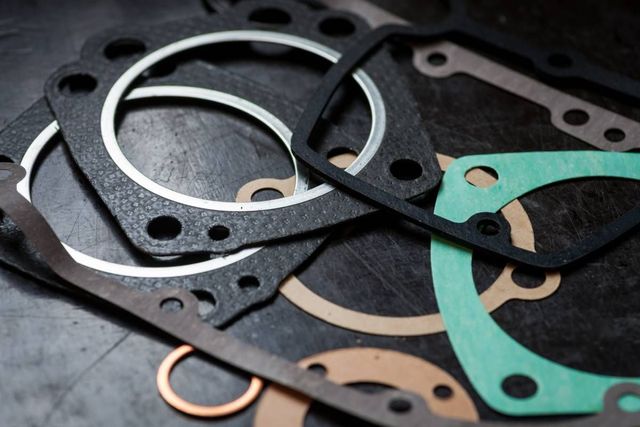86-592-5659128 (to8016)
anna@xmydx.com86-592-5659128 (to8016)
anna@xmydx.com
2025-03-14 15:48:34
Rubber gaskets are unsung heroes in your car’s engine and mechanical systems. These small but critical components seal gaps between parts, preventing leaks, reducing noise, and protecting sensitive systems from contaminants. But what exactly is a rubber gasket, and how does it impact your car’s performance? In this guide, we’ll explain their functions, common types, and why quality matters.
A rubber gasket is a flexible sealing component placed between two surfaces (like metal engine parts) to:
✅ Prevent leaks (oil, coolant, fuel, or air).
✅ Reduce vibration and noise.
✅ Block dirt, debris, and moisture from entering critical systems.
Example: A valve cover gasket seals the gap between the engine valve cover and cylinder head, keeping oil inside and dirt out.

1️⃣ Valve Cover Gasket
2️⃣ Oil Pan Gasket
3️⃣ Intake Manifold Gasket
4️⃣ Exhaust Gasket

Even durable rubber gaskets degrade over time due to:
Pro Tip: Choose ozone-resistant rubber gaskets (like EPDM or silicone blends) for longevity.

⚠️ Oil Leaks: Puddles under the car or low oil levels.
⚠️ Overheating: Coolant leaks from a failing head gasket.
⚠️ Unusual Smells: Burning oil or antifreeze odors.
⚠️ Engine Misfires: A damaged intake manifold gasket can disrupt air flow.
Note: For critical gaskets (e.g., head gasket), seek professional help to avoid engine damage.
Call-to-Action: Need reliable rubber gaskets? Contact Us for OEM-grade solutions engineered to last.
© 2016 XIAMEN YIDEXIN SILICONE RUBBER INDUSTRIAL CO.,LTD All Rights Reserved dyyseo.com
Online Contact
 86-592-5659128 (to8016)
86-592-5659128 (to8016) anna@xmydx.com
anna@xmydx.com sallyliao1985
sallyliao1985 xmydx02
xmydx02 +86-13606037597
+86-13606037597top